When I first heard about the Andalusian chicken I thought it sounded almost mystical, or intriguing at the very least. I wasn’t wrong. This breed is not the common chicken you can find at just any farm store. It’s a breed of its own and it is definitely interesting.
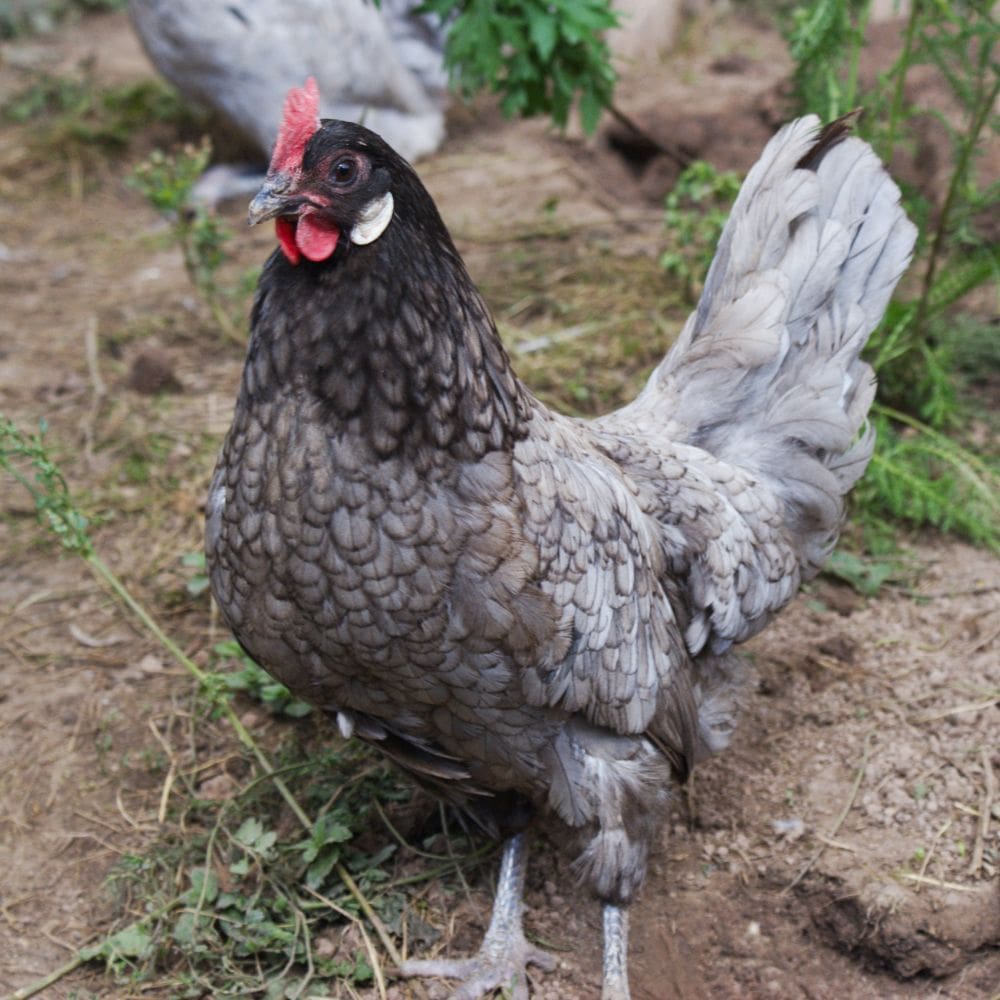
Table of Contents (Quickly Jump To Information)
5 Fun Facts About Andalusian Chickens
#1 Foraging Machines
Andalusian chickens are excellent foragers. These birds are independent, hardworking, industrious, and agile. In fact, they don’t tolerate confinement well – they simply thrive in a free-ranging environment.
#2 Athletes
Maybe they aren’t basketball players, but they are super athletic. They are built for speed and incredibly crafty about staying away from predators. This is yet another reason they are ideal for free-ranging.
#3 Blue Gene Dream
If you haven’t heard of a blue chicken yet, then let me introduce you. Blue chickens are a thing. Of course, they aren’t smurf blue but more of a lovely gray. It’s all due to a diluting gene. Learn more about blue chickens in this article: Blue Chicken – Is there REALLY such a thing?
The Andalusian chicken is one of the blue breeds and they are show-stoppers for sure. The American Poultry Association only recognizes the blue Andalusians even though there are black, splash, and white. This is worth mentioning as an interesting fact because blue is not possible without the mixing of the other colors.
#4 Winter Wonders
These ladies may not be on the top 10 list of egg layers, but the cool thing (no pun intended) is that Andalusian hens have no motherly aspirations so they don’t go broody. This, in turn, means they lay through the cold winter. Ultra cool. This anti-mother tendency is in your favor if you think about it.
#5 Early Birds
Andalusian chickens mature quickly and feather out early, which means they start laying eggs earlier than many other breeds. Let’s just get those ladies to work as soon as possible!
These girls lay about 160-200 medium to large white eggs each year. Not too shabby, especially for chicken keepers who want unique chickens but still want some good egg production.
Andalusian Chicken History Highlights
Some history is just unknown, and that is pretty much the case for Andalusians. Most think that landrace chickens were used as the base breed (possibly Black Castilians).
As far as the category they fall into, they tend to be assumed to have their start in Spain. They certainly have the rugged look of many Spanish breeds.
We do know one thing for sure, and that is that Leonard Barber brought the breed to England in the 1840s. The first of the breed was a paler blue color but they were enhanced over the years and are now a darker blue color.
Appearance
You might be familiar with Leghorn chickens which are a Mediterranean breed. Andalusians appear much like Leghorns, but they are more rugged and bigger. They are probably more comparable in size and body type to Minorcas. Roosters will weigh around 7lbs and the hen weighs around 5 pounds.
The Andalusian males usually have upright and large combs (and they are single comb bird), while the Andalusian females flop over a bit. While they are winter wonders and lay eggs in the cold weather, their big combs can be in danger of frostbite in those winter months (if you live in frigid conditions).
Both have lovely gray (blue) plumage, often called slate blue, with black lacing.
Temperament
The blue Andalusian chicken is not ideal for a house pet, let’s just say that. They are nervous, flighty, and fast as rockets. These traits make them excellent foragers and predator escapees but are not conducive to sitting on your lap while enjoying your morning coffee.
You can, however, keep them generally tame by regularly luring them with protein-rich treats like these.
Where to Buy Andalusian Chickens
Summary
If you are looking for a rugged yet beautiful chicken that can forage like a pro, yet still produce a good amount of eggs – an Andalusian chicken might be your match.
Just remember they aren’t snugglers, they are best as free-range chickens, and they are a bit nervous (but that’s what makes them so good at staying alive while free-ranging).

A happy wife, mother, teacher, writer, hobby farmer, lover of chickens, and contributor to Pampered Chicken Mama!

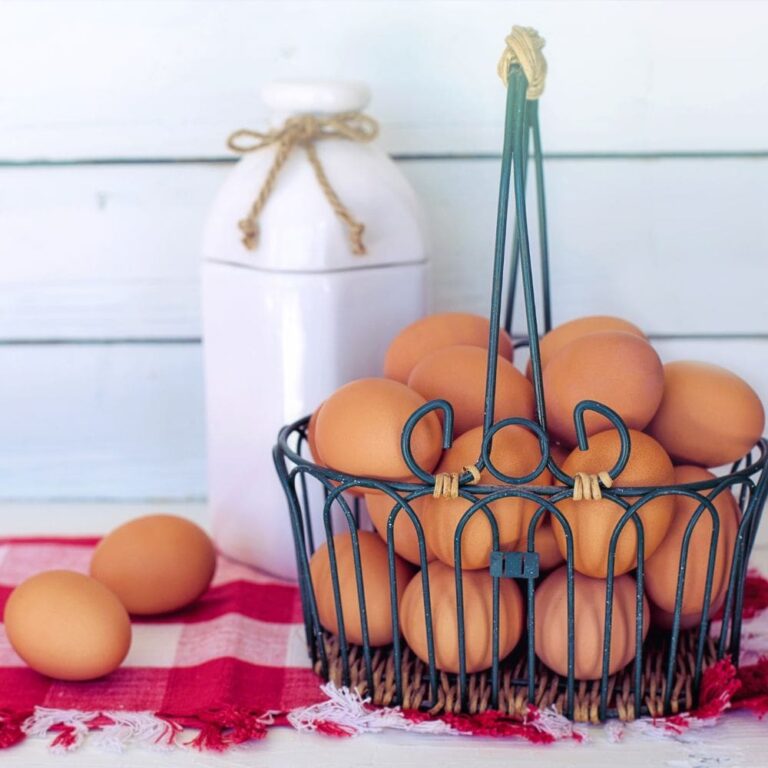

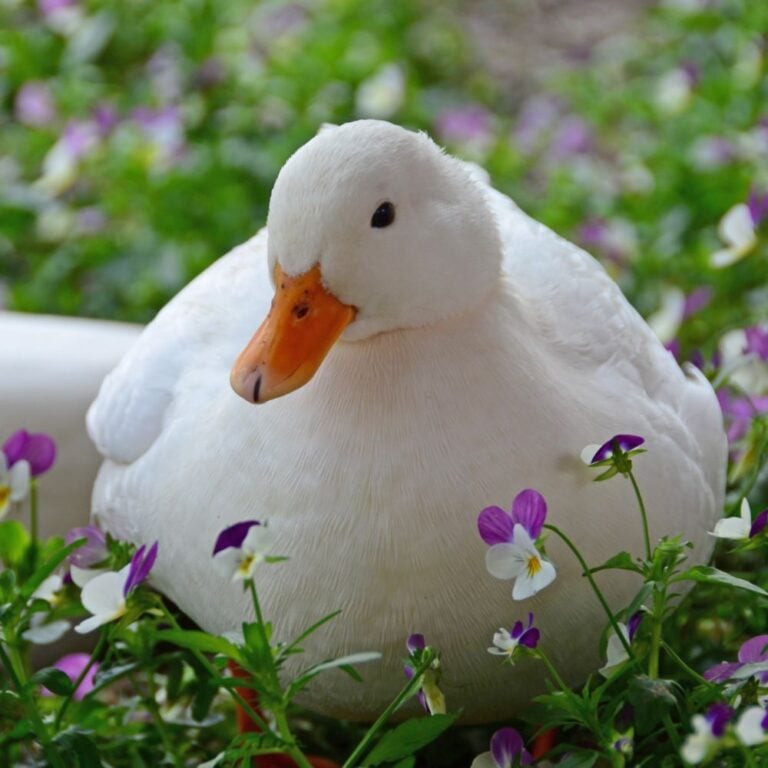

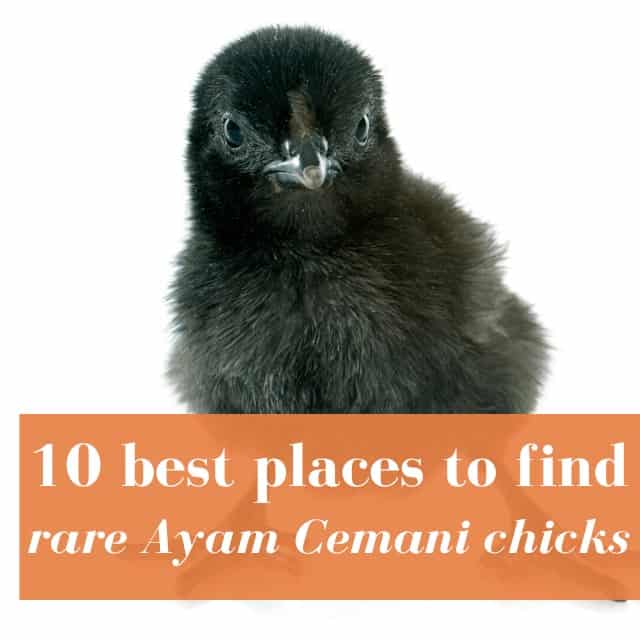
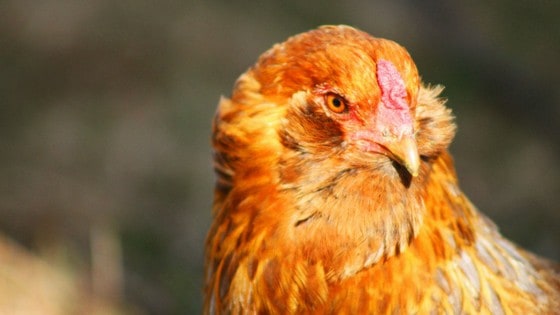
What a fun and informative read! I loved the creativity and topic. Thanks for highlighting the pros and cons of an uncommon breed.
Thank you! It’s always fun to learn about a new breed!